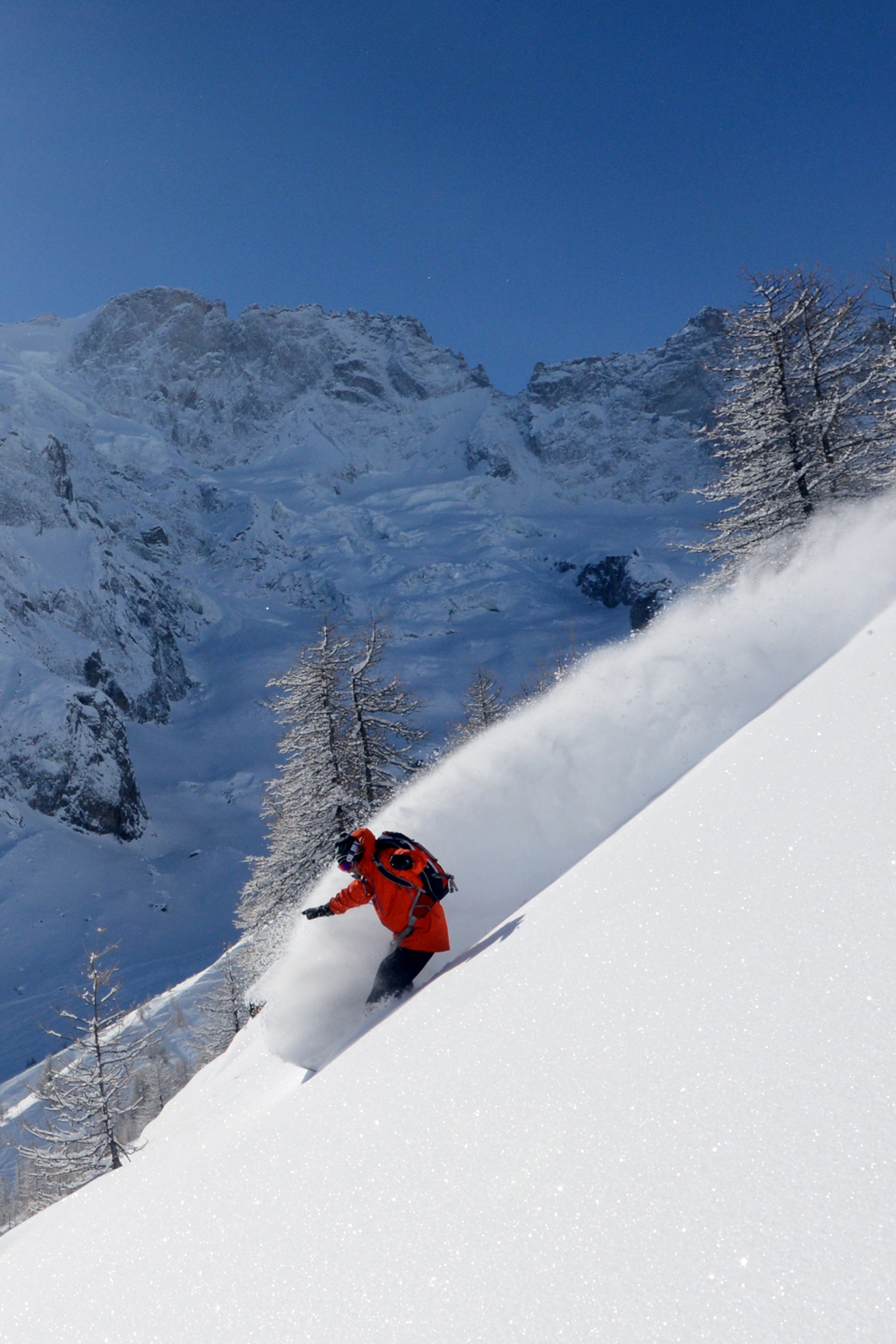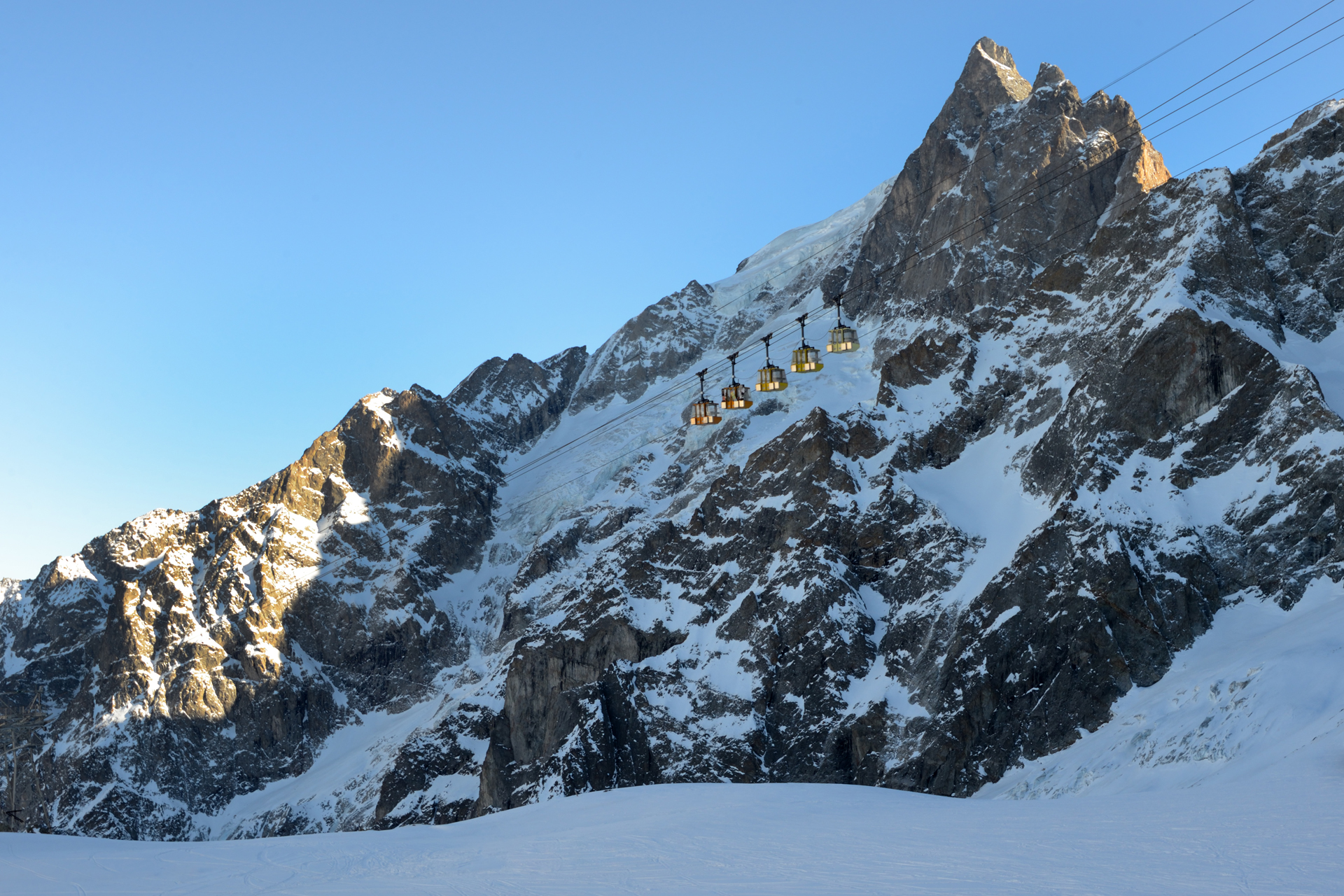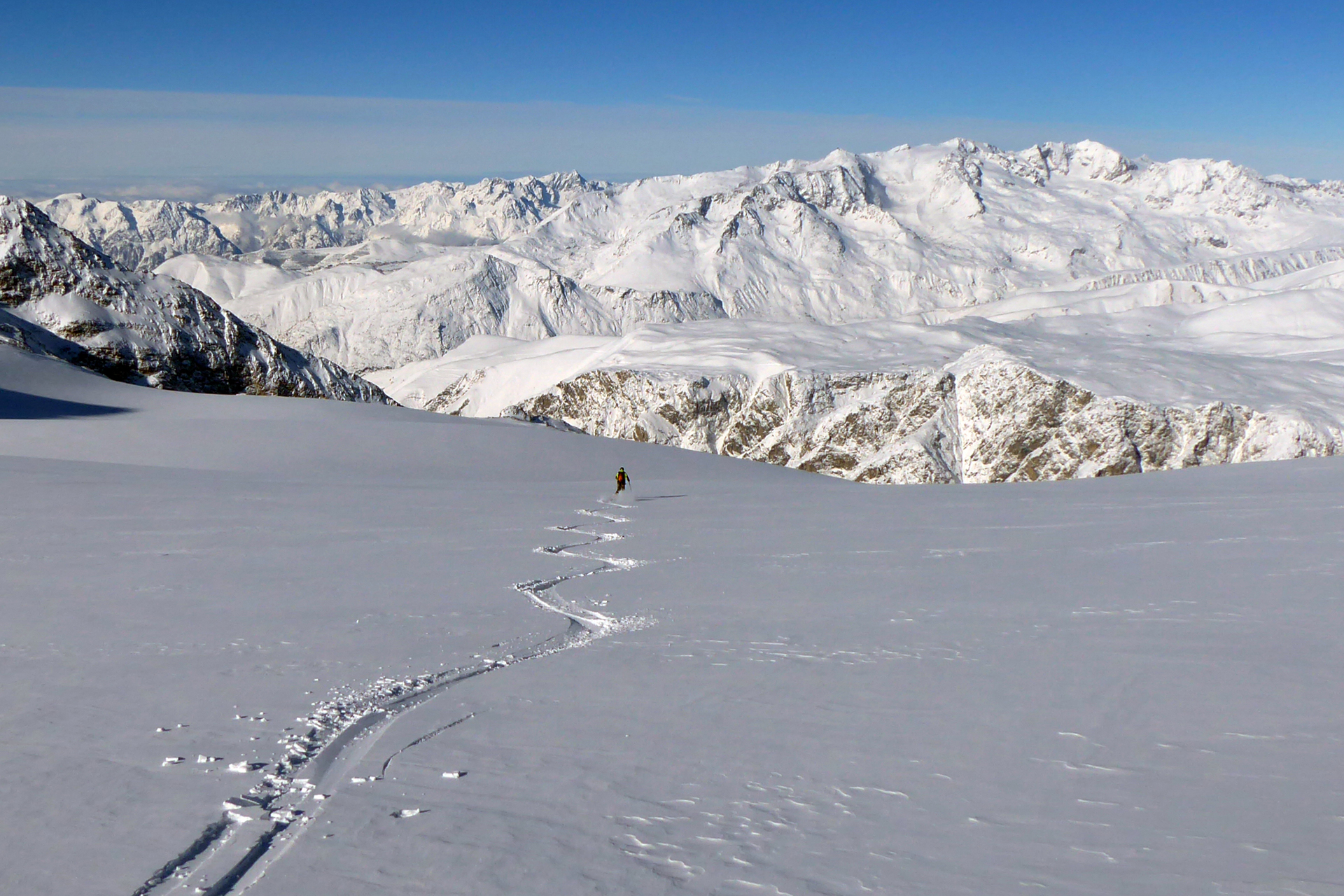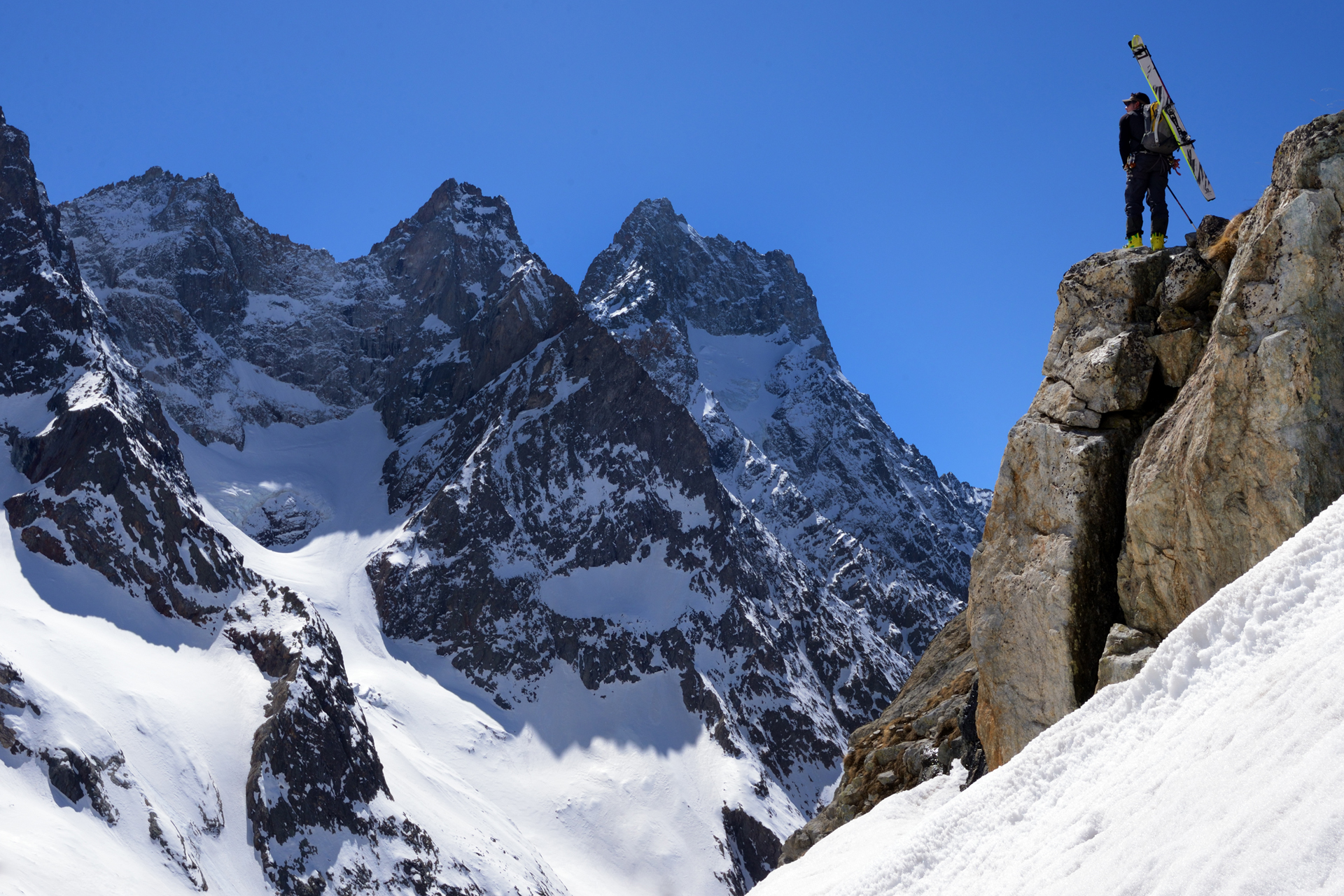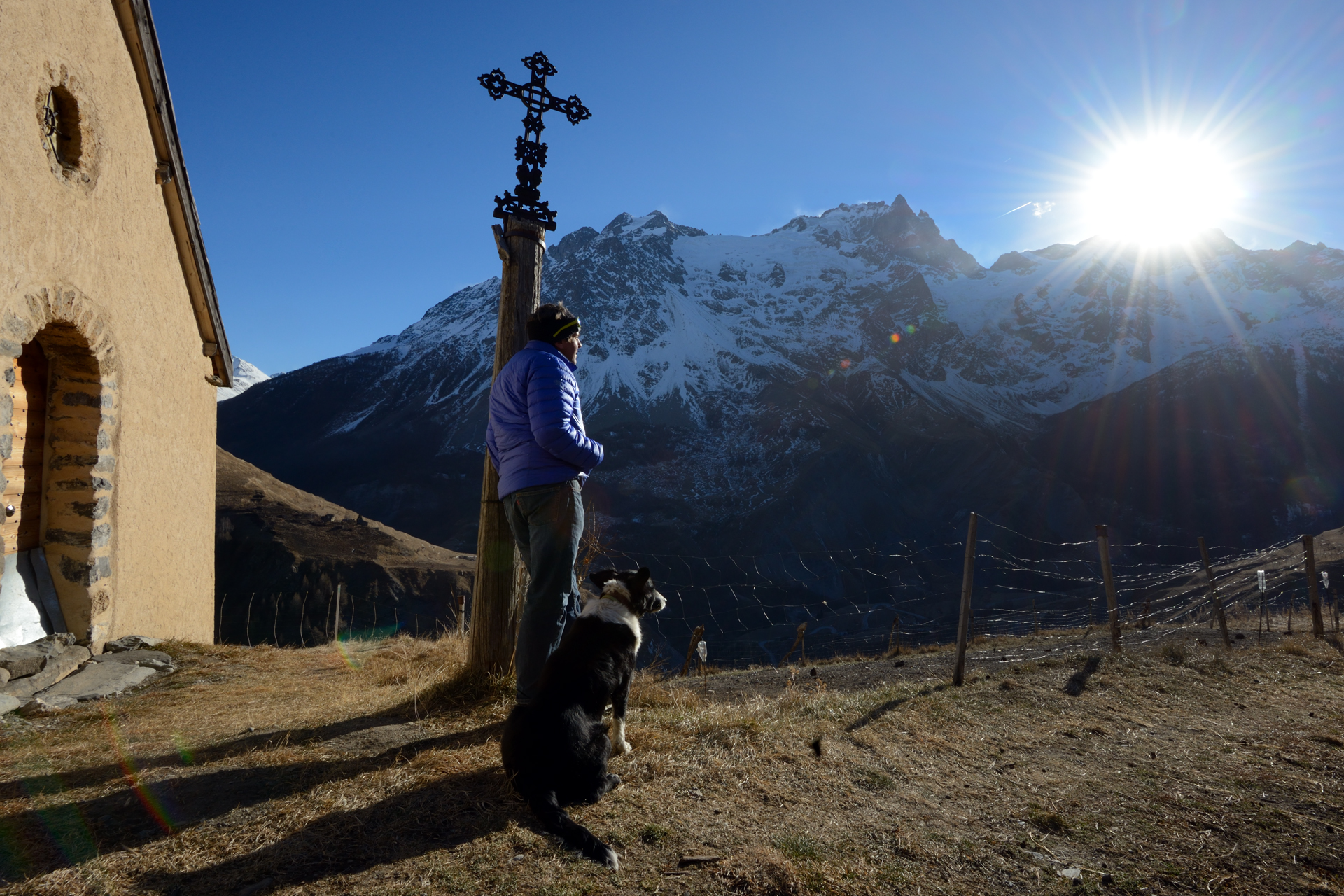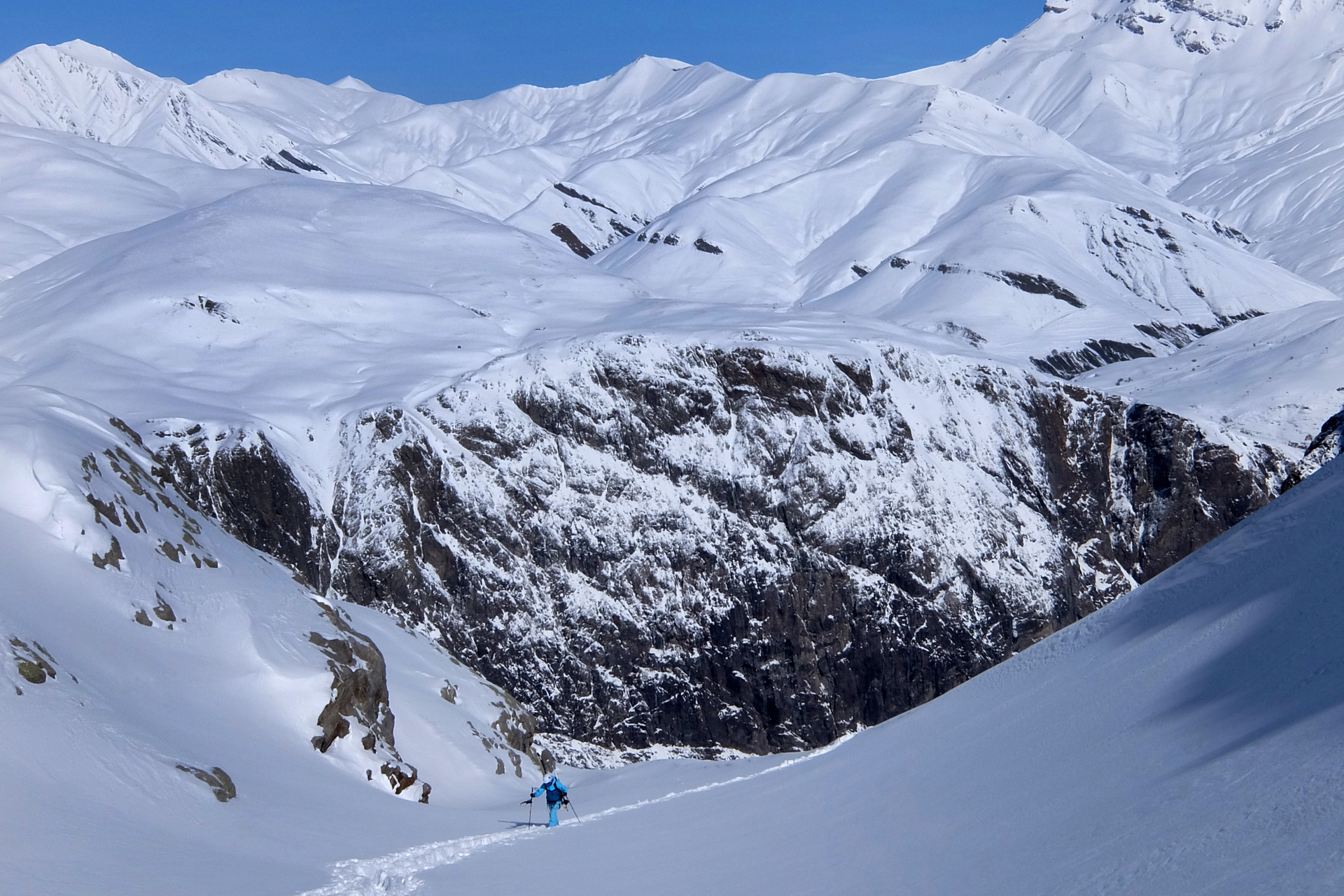Words & photography by Vanessa Beucher
Few ski resorts are as revered by mountain lovers as La Grave. Nestled against the giant north face of la Meije mountain in the French Alps, this freeride mecca has been a kind of mythical Valhalla for more than 30 years.
At the core of this small village pulses its vital artery: the legendary ski resort lift. But its lease is set to run out in June this year, and La Grave is at a pivotal stage in its existence. A lot of issues remain uncertain and there’s a thick layer of mystery around how the transition will take place, and whether this unique place will lose its wild character for good?
“Will this unique place lose its wild character for good?”
Located at the border of the Ecrins National Park, this jaw-dropping spot is far from a typical ski resort. Instead visitors will find a 12th-century stone village with unnamed streets, hamlets with a staggering view, and an untouched mountain, which you explore at your own risk. There are no groomed pistes or artificial snow or avalanche control: the mountain sets its own standards and rules.
“In very few other places do you get the feeling of being so fully in charge of yourself and your riding companions…”
Every time a sizeable snowfall occurs, a team of local guides and patrollers go up and ski the area to assess the risks. A local commissioner is then summoned to evaluate the avalanche risk, and ultimately decide whether the lift should open or remain closed for the day. This system has no equivalent on the planet. On the mountain you’ll find steeps and flats, open fields, gullies, forests, clearings and endless couloirs involving rappels. You might ski incredible powder, snow that has been chopped up or smoothed out by the wind, rocks, crust, spring snow or ice.
